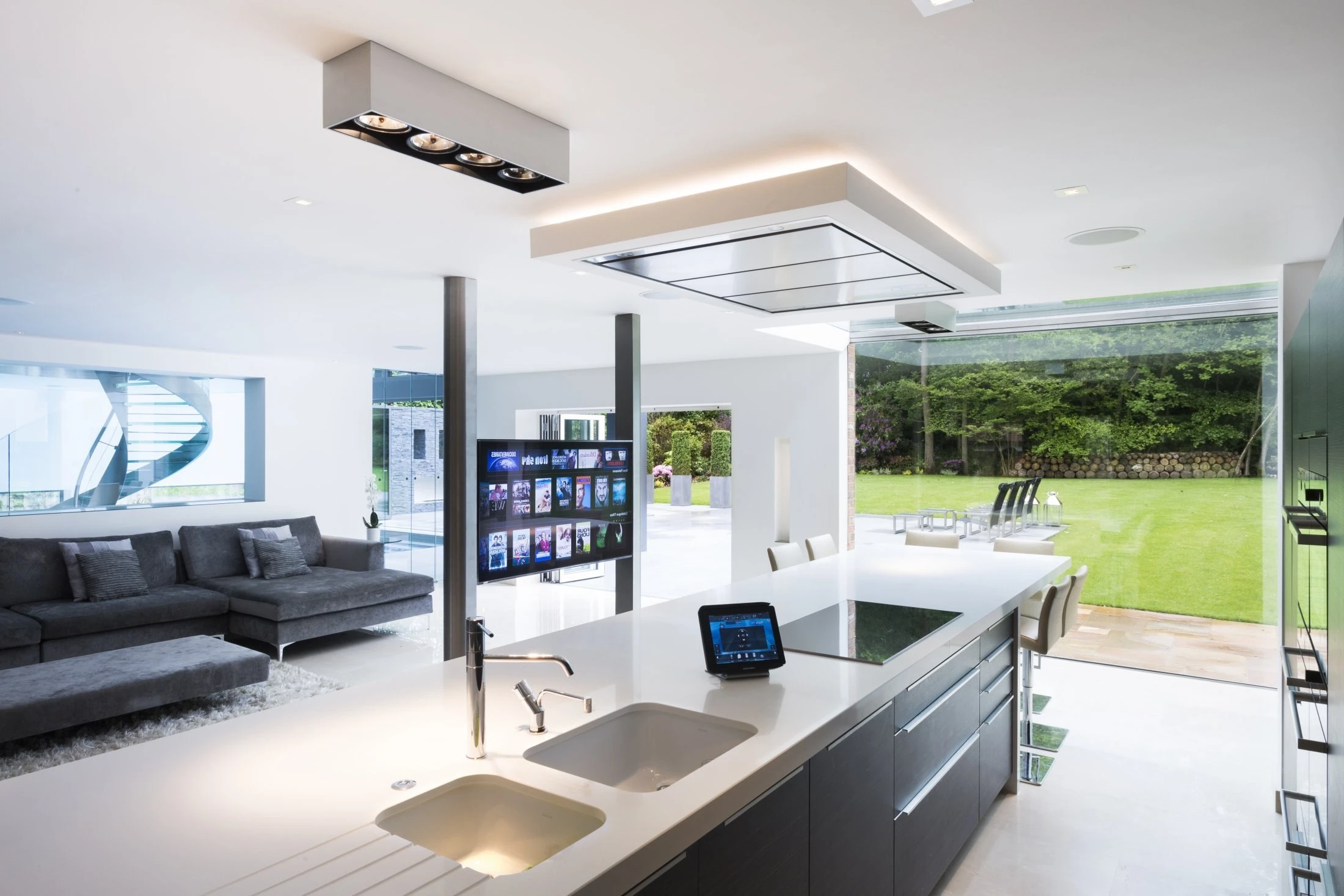
Home Automation & Systems
Master the technologies that power intelligent living spaces

Master the technologies that power intelligent living spaces
Home automation represents the cognitive layer of smart homes — the system that transforms individual devices into a cohesive, intelligent ecosystem. Through sophisticated software, protocols, and machine learning, automation systems coordinate actions, respond to triggers, and optimize operations without human intervention.
Modern automation goes far beyond simple scheduling. It encompasses predictive algorithms, contextual awareness, and adaptive learning that continuously improves system performance based on user behavior and environmental conditions.
Understanding the communication standards that enable smart home devices to work together
Low-power mesh networking protocol ideal for battery-operated sensors and switches. Zigbee creates self-healing networks with excellent range extension through mesh topology.
Proprietary protocol operating on sub-GHz frequencies to avoid interference. Z-Wave offers reliable communication with up to 232 devices per network and strong security features.
Universal standard enabling high-bandwidth communication. While power-intensive, Wi-Fi provides fast data transfer and seamless integration with existing home networks.
Short-range protocol excellent for personal devices and proximity-based automation. Bluetooth Low Energy (BLE) offers minimal power consumption for battery devices.
IPv6-based mesh networking protocol designed specifically for smart homes. Thread provides secure, reliable, and low-power communication with cloud connectivity.
Industry-standard unifying protocol ensuring interoperability across brands and platforms. Matter simplifies device setup and enhances ecosystem compatibility.
Two architectural approaches to managing smart home automation
All automation logic and decision-making occurs in a single hub or controller. Devices report their status to the hub, which processes rules and sends commands back to devices.
Intelligence is distributed across devices, with each capable of autonomous decision-making. Devices communicate peer-to-peer and operate independently when needed.
Natural language interfaces and intelligent automation
Voice assistants have transformed how users interact with smart homes, enabling natural language commands that feel intuitive and effortless. Instead of navigating apps or physical controls, users simply speak their intentions.
Modern voice assistants leverage advanced natural language processing (NLP) to understand context, handle complex multi-step commands, and even predict user needs based on historical patterns and current conditions.


Artificial intelligence elevates automation from reactive to predictive. Machine learning algorithms analyze usage patterns, environmental data, and user preferences to anticipate needs before explicit commands are given.
These systems continuously adapt, learning from successes and failures to refine their predictions. Over time, the smart home becomes more attuned to inhabitants' routines, preferences, and even mood-based patterns.
Practical applications of intelligent home automation